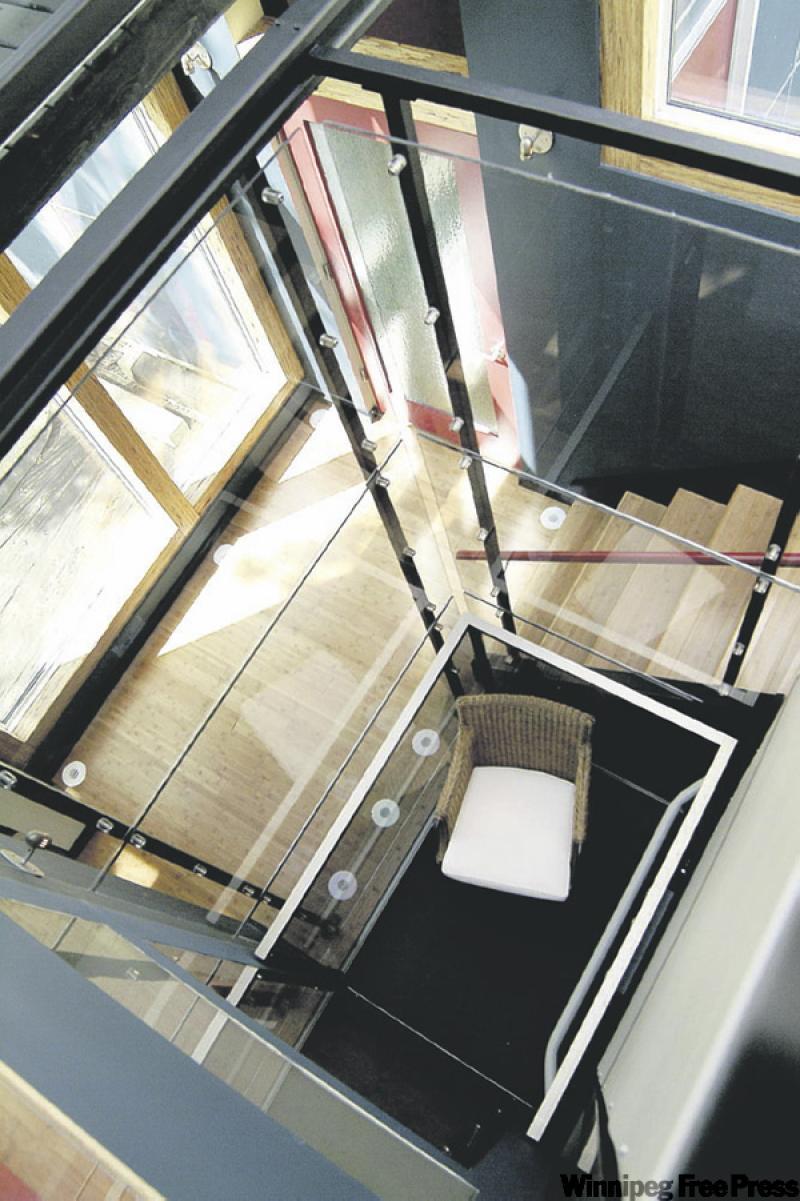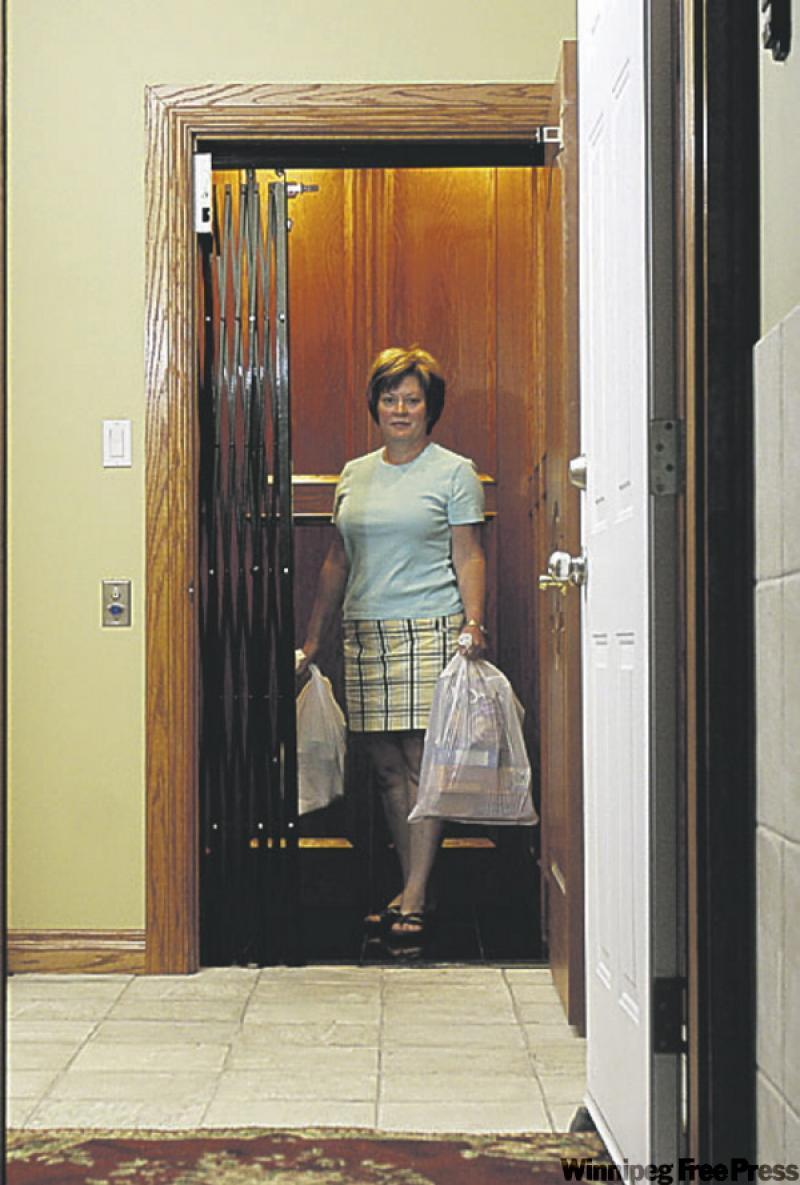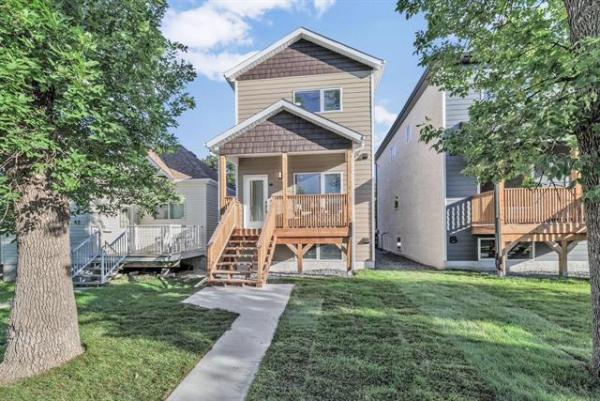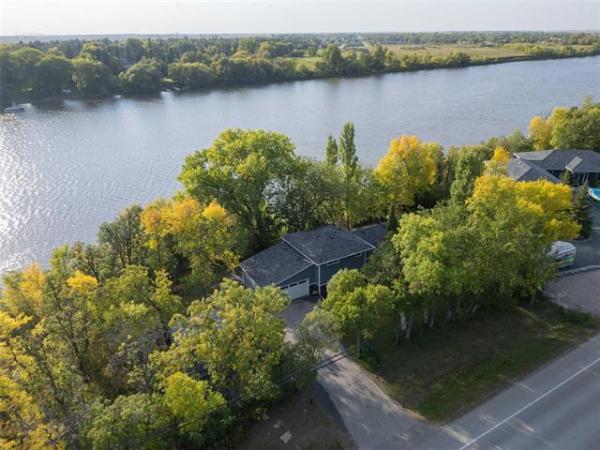

It's inevitable: We're all getting older. And when that happens, many homeowners will be faced with the hard decision to sell their home since they can't manage when the stairs become too hard to handle, and their legs just aren't what they use to be.
Accessibility is an issue for many homeowners, but it doesn't necessarily have to force you to move. Installing a home elevator or a stair chair is an option some homeowners are opting for, and some smart new home builders are designing houses with these options in mind for future renovations.
When you look at the high cost of moving, closing costs, legal fees and land transfer taxes -- let alone the difficulty of moving from your home -- installing an elevator or stair glide is an economical option. For as low as $20,000, you can have your own home elevator installed -- providing that your home doesn't need to be retrofitted. The cost of changing structure and renovating to allow for an elevator shaft will add tens of thousands to this price.
A lot of architects and builders are including elevators in their building plans, so the structure is in place to accommodate the shaft just in case you want to install one some time in the future. The space required for an elevator isn't much more than for a closet. Home designers stack closets above one another on floors to allow for the possibility of adding an elevator.
The average home elevator runs an average of five feet wide and four feet deep -- basically large enough for a standard-sized wheelchair and a helper. Working with a reputable company that abides by standards is imperative. Your elevator needs to be safe, and any renovations will need to be to code. What's interesting to note is that residential elevators aren't inspected by the Technical Standards and Safety Authority (TSSA), unlike public elevators, so make sure you are working with a business that strictly follows safety, weight and capacity standards from the start.
All good elevator manufacturers demand that every door that leads to the elevator has to be built with an interlocking door system that will only open the door if the elevator is at that level. What's more is if you are caught in a power outage, mid-ride, many elevators have a battery backup system that will, at the very least, allow you to travel down to the next floor in safety.
Some geared counterweight systems will have the full battery power to take you both up and down in a power outage -- but it's a more expensive option.
And while a home elevator will get you where you want to go, don't expect to climb at the speed you did when you visited the CN Tower. The average speed of a home lift runs slower than a commercial elevator. Home elevators need a standard 220V/240V single-phase power supply to operate the motor. A separate 110-V power is also required for the elevator's interior lighting.
If installing a home elevator isn't in your budget, but you still need some help up and down the stairs, another very economical option is a stair glide or chair. While they won't win any beauty pageants, stair chairs can be installed on very straightforward staircases for around $5,000. They are practical and serve their purpose, but they won't increase the value of your home the way a home elevator might.
The technology with stair chairs has come a long way and they are now relatively quiet to operate. They also come with a remote-control system and operate on a 110-V AC motor.
A stair chair has a fairly simple installation process involving a system of tracks and airplane cable that runs up the side of your staircase. The chair seat runs along the tracks and has a fold-down footrest. Whether the installation of a lift requires structural changes to the house, or affects safety systems such as stairs, fire separations or guardrails, you will need a permit. Do not think you can get away without one.
If you need to make structural changes to your home to allow for a stair chair -- and you probably will -- such as reinforcing your stairs or increasing the width of your stairs, this will increase your cost. There are companies that provide instructions for self-installation but I don't believe in doing it yourself. Leave it to the experts -- you don't do your own root canals do you?
For more information on home renovations go to makeitright.ca
-- Canwest News Service



